emma the 90min mastitis PCR for the vet clinic
start pathogen-specific therapy today!
- reduced use of antibiotics
- shorter milk withdrawal period
- gram neg result; no antibiotics needed


remember: happy and healthy cows produce more milk
diagnose first! for advanced mastitis management
fast and accurate on-site mastitis diagnosis
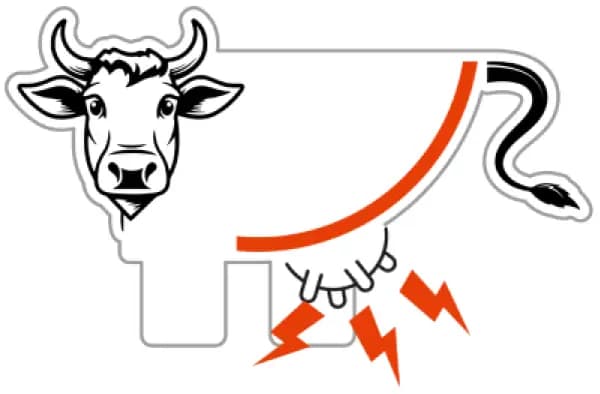
the cow shows signs of mastitis
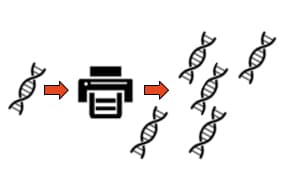
analyze the sample at your vet clinic
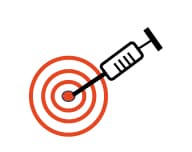
start targeted treatment today
Thanks to the emma, the 90-minute mastitis PCR, veterinarians can now obtain rapid and reliable diagnostic results directly at their clinic. This enables immediate, targeted therapy — helping to avoid unnecessary broad-spectrum antibiotics and allowing for withheld antibiotic treatment in gram-negative mastitis cases such as those caused by E. coli. By adopting this advanced diagnostic approach, you can implement more precise, advanced mastitis management, reduce total antibiotic usage, use more pathogen-specific antibiotics, and minimize the development of antibiotic resistance.
These improvements not only support faster recovery and better health for individual cows, but also benefit the entire herd: healthy, happy cows are more productive, remain in the herd longer, and sustain higher milk yields over time. Importantly, the emma PCR test delivers immediate economic benefits by reducing milk loss during the required withdrawal period for the time antibiotics are used, lowering medication costs such as antibiotics, and minimizing additional labor for both farmers and veterinarians. In summary, implementing emma mastitis PCR supports healthier cows, more efficient dairy operations, and greater profitability.
emma – stop guessing, start knowing
advanced pathogen detection for precise diagnosis and treatment
ready to transform your diagnostic process?
contact us to learn more about how emma can benefit your practice
two panels available - same simple workflow

Built-in process control in every run verifies mechanical disruption of cell walls which sets free the DNA and PCR integrity, so you trust every result.
Switch panels run-to-run without changing the 90-minute protocol or hardware.
how emma works in 90 minutes
from milk sample to conclusive report in 90 minutes — just 15 minutes hands-on
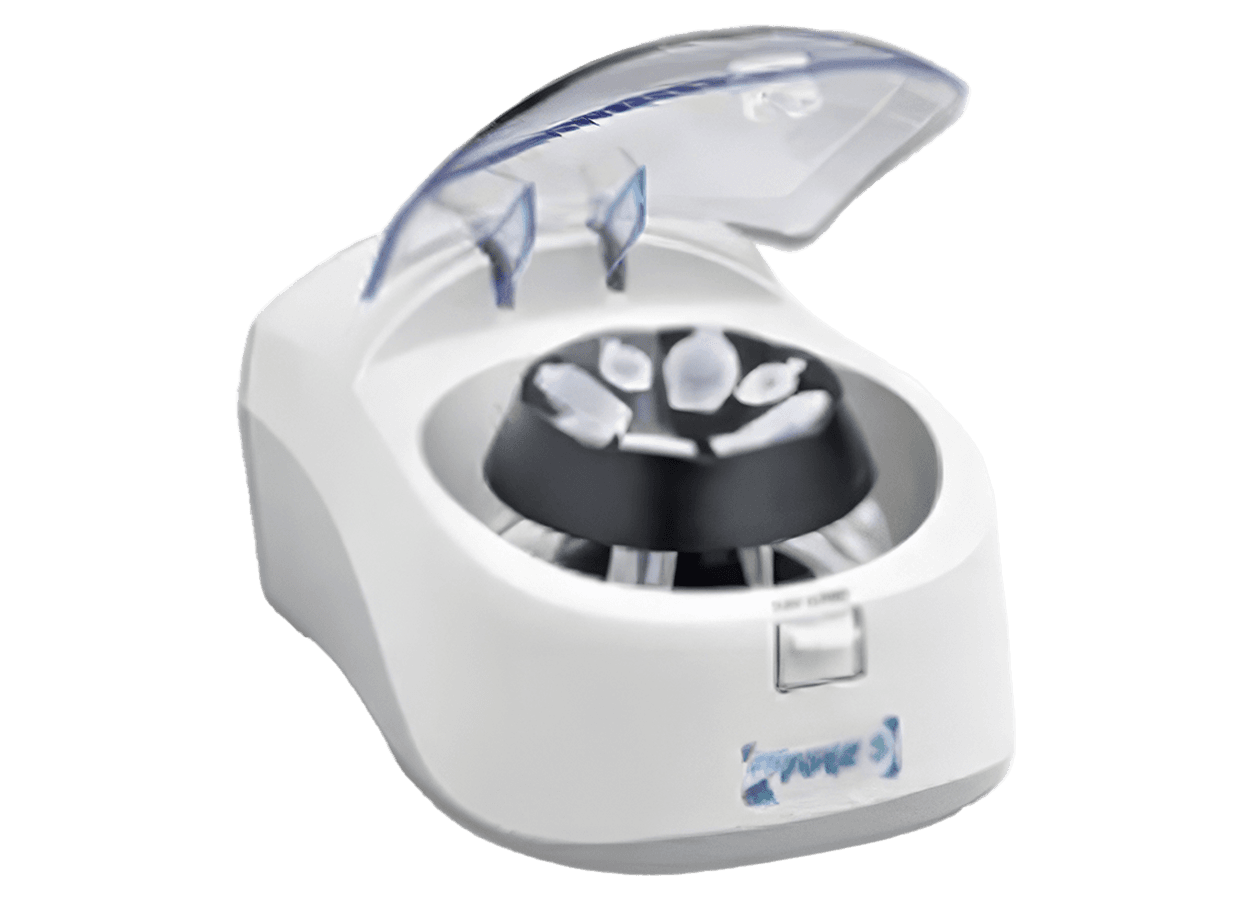
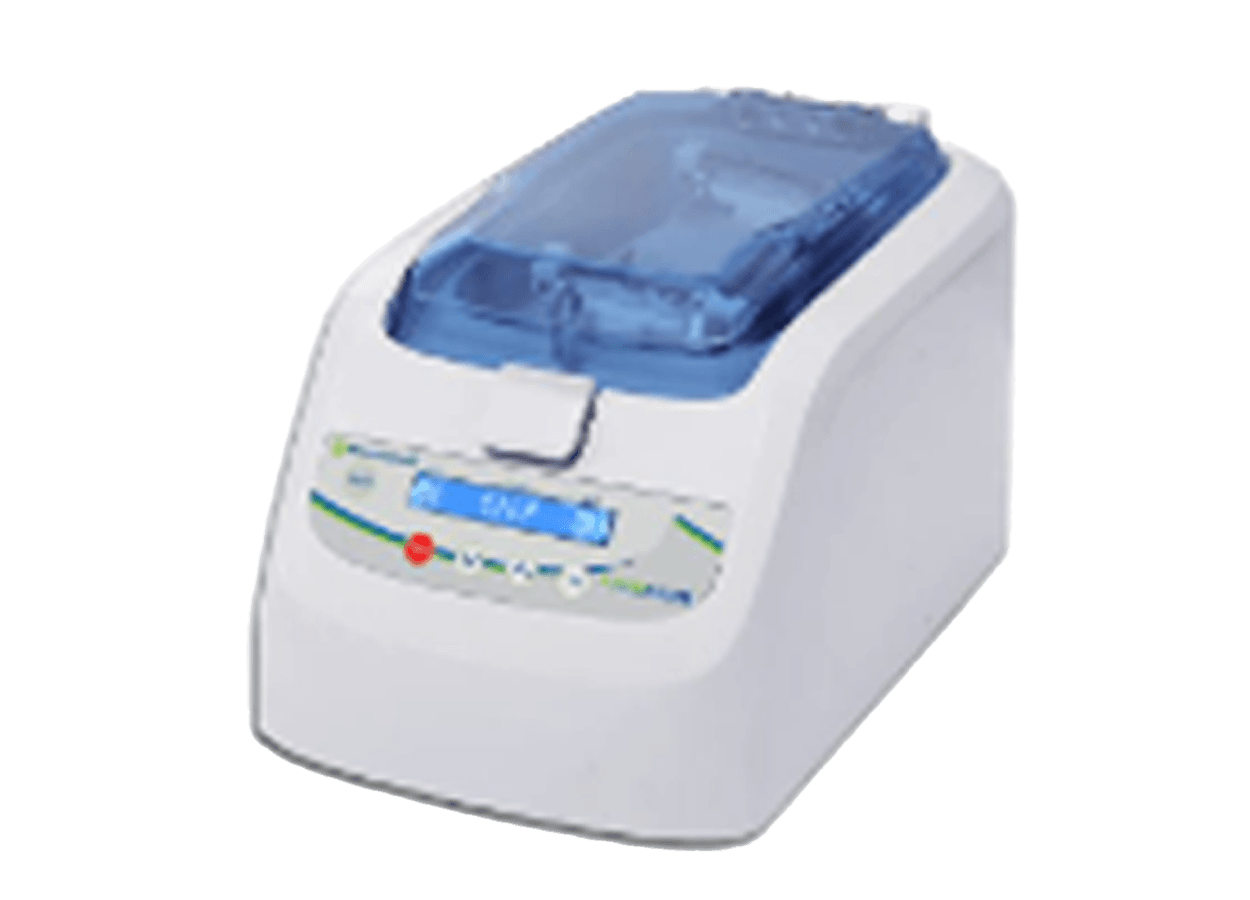


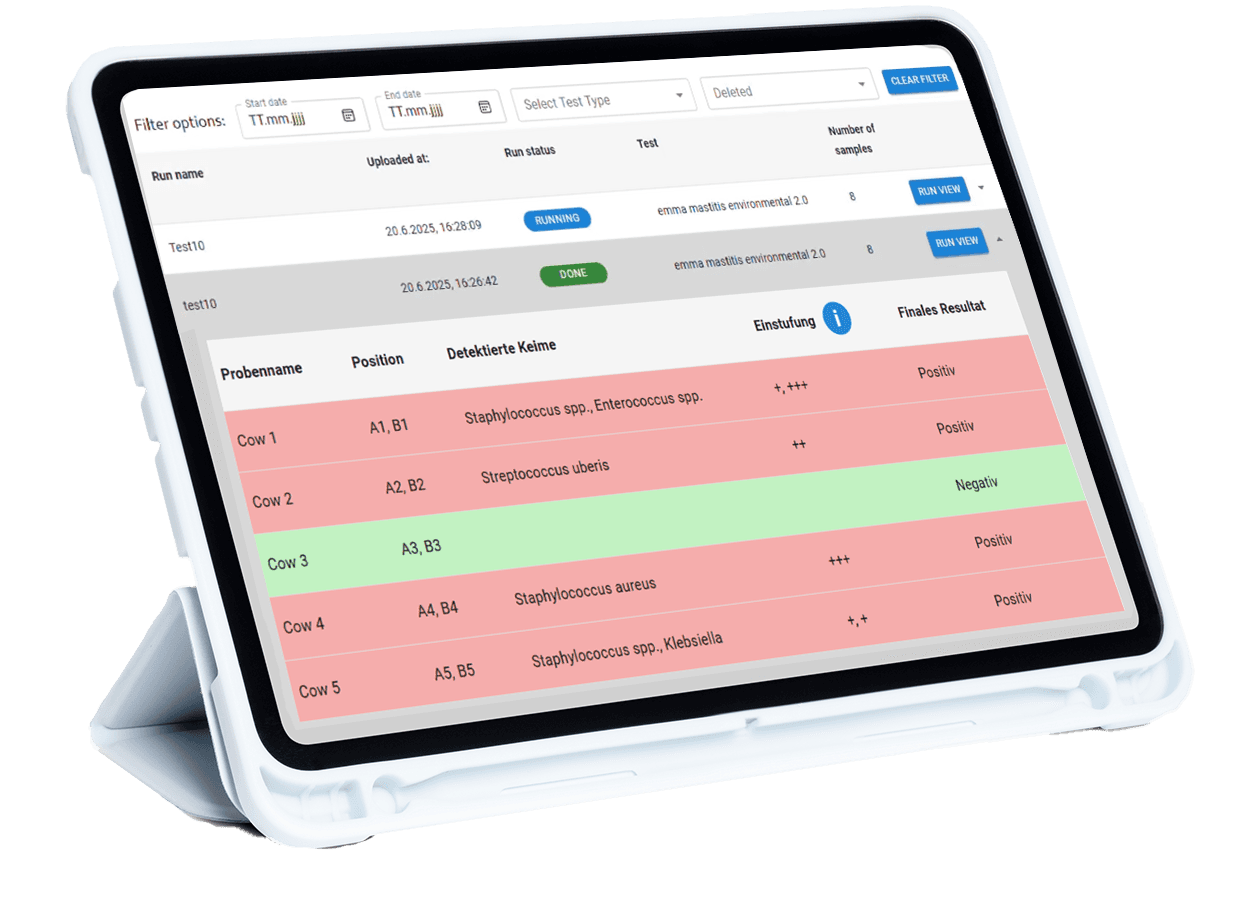





reliable and clear results
emma PCR vs bacterial culture
rapid, safe and reproducible mastitis diagnostics
key comparison
old method: culture plates
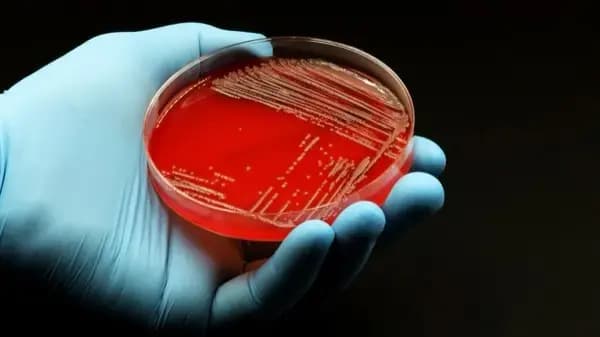
new solution: emma PCR
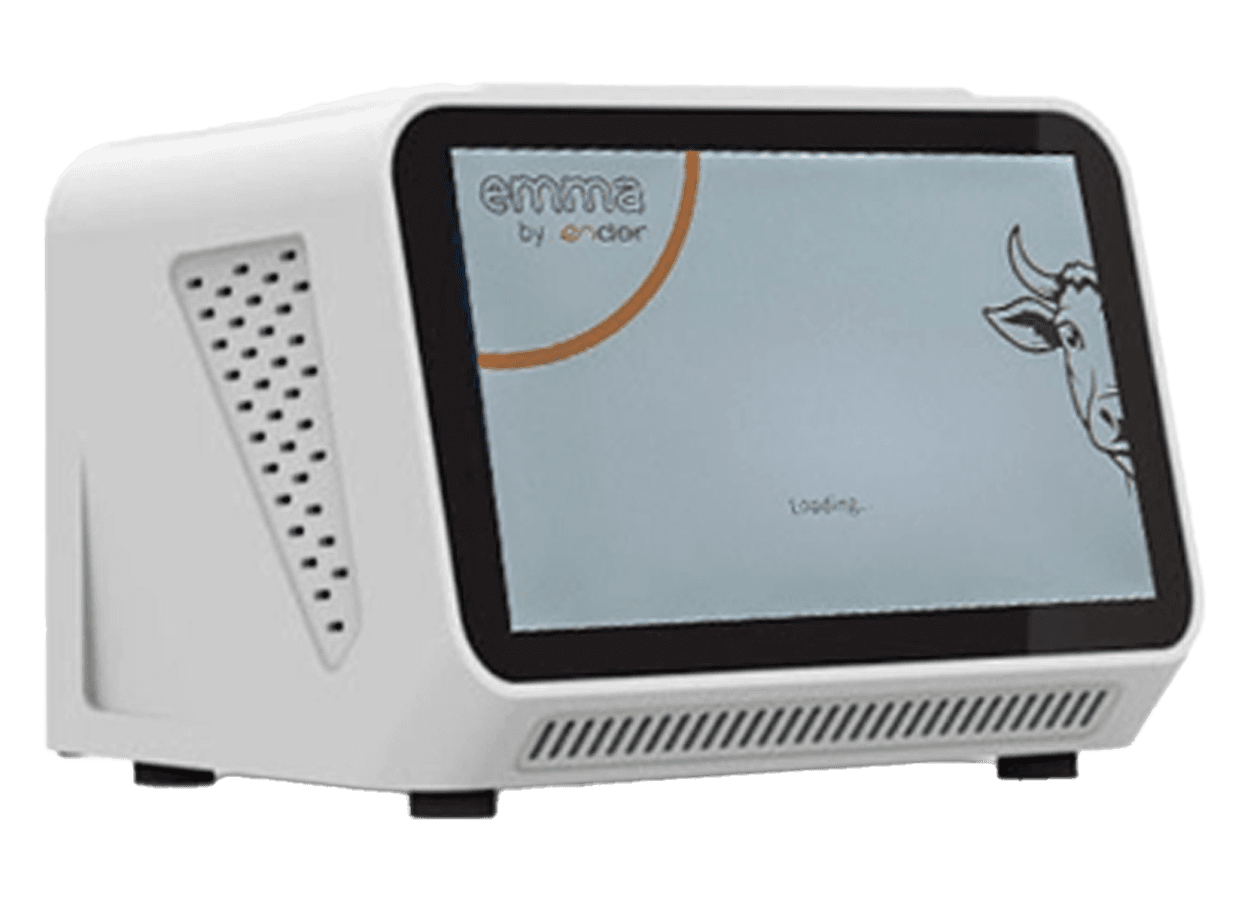
detection of bacteria
Relies on bacterial growth in an agar plate
Amplifies bacterial DNA directly – no need to grow live bugs
bio-hazard risk
Growth of potentially harmful bacteria on open plates
no live cultures, no biohazard
antibiotic pre-treatment
No growth = no detection → risk of false-negatives
DNA still present – detection of pathogen
ease of use
Years of training needed for correct processing and interpretation
Learn in two hours how to use it
result consistency
Manual reading – results vary between staff
Cloud software calls the result – reproducible every time
bottom line: the emma mastitis PCR test provides fast and reliable results right at your veterinary clinic, allowing for quicker treatment decisions. Unlike traditional bacterial cultures — which are slower, carry biohazard risks, and can sometimes lead to misdiagnosis — the emma mastitis PCR test offers a safer and more accurate solution for your practice and your patients.
do the math: calculate the savings by reducing use of antibiotics
Rapid and reliable onsite mastitis tests like emma PCR provide pathogen differentiation within 90 minutes, enabling evidence-based treatment instead of routine blanket antibiotic use. By identifying only those cows that require medication, these tests can reduce antimicrobial use by approximately 50%, supporting antibiotic stewardship and the One Health approach to combating resistance.
Faster, targeted intervention improves animal welfare by reducing pain, recovery time, and the risk of chronic or subclinical mastitis. Maintaining udder health safeguards milk yield and quality, minimizing withdrawal losses and helping farms achieve more consistent and profitable production.
Rapid and reliable onsite mastitis tests like emma PCR provide pathogen differentiation within 90 minutes, enabling evidence-based treatment instead of routine blanket antibiotic use. By identifying only those cows that require medication, these tests can reduce antimicrobial use by approximately 50%, supporting antibiotic stewardship and the One Health approach to combating resistance.
Faster, targeted intervention improves animal welfare by reducing pain, recovery time, and the risk of chronic or subclinical mastitis. Maintaining udder health safeguards milk yield and quality, minimizing withdrawal losses and helping farms achieve more consistent and profitable production.
Calculator
Adjust inputs to see the immediate impact of reducing antibiotic usage duration.
Economic Impact by Reducing Antibiotic Use
Studies and practical farm data show that rapid testing can save about €50 per cow annually, translating to approximately €5’000 per 100 cows each year. This total saving results from:
- Cutting antibiotic treatments by half, reducing drug costs (e.g., about €50 saved per avoided treatment)
- Shortening milk withdrawal periods, which preserves saleable milk volume
- Decreasing veterinary visit frequency
- Lowering labor requirements for both farmer and vet
Calculator Note:
This calculator estimates the short-term savings based on reducing the duration of antibiotic use per mastitis case — taking into account treatment costs, milk withdrawal losses, and labor savings. Data indicates that rapid tests like emma PCR can reduce antibiotic usage by at least 1 to 2 days per treatment, amplifying immediate savings.
Beyond these short-term benefits, long-term advantages include:
- Lower annual mastitis incidence
- Fewer chronic cases
- Reduced culling rates
- Prolonged, more productive cow lifespans
These factors contribute to sustained savings over time by maintaining a healthier herd, reducing replacement costs, and minimizing lost milk production.
Rapid mastitis testing is a game-changer — delivering sustainable, profitable, and responsible dairy farming for the next generation.
short term savings: shorten antibiotic therapy by 1 day using rapid testing*
This calculator estimates the short-term savings based on reducing the duration of antibiotic use per mastitis case — taking into account treatment costs, milk withdrawal losses, and labor savings. Data indicates that rapid tests like emma PCR can reduce antibiotic usage by at least 1 to 2 days per treatment, amplifying immediate savings.
Beyond these short-term benefits, long-term advantages include:
- Lower annual mastitis incidence
- Fewer chronic cases
- Reduced culling rates
- Prolonged, more productive cow lifespans
These factors contribute to sustained savings over time by maintaining a healthier herd, reducing replacement costs, and minimizing lost milk production.
Rapid mastitis testing is a game-changer — delivering sustainable, profitable, and responsible dairy farming for the next generation.
short term savings: shorten antibiotic therapy by 1 day using rapid testing*
what veterinarians say about emma
discover how emma's innovative PCR technology is transforming veterinary diagnostics and helping practitioners deliver better care for animals.
how our customers use emma
first line of diagnostic defence
test every sample with emma
Clinical and sub-clinical mastitis
Rapid identification for immediate treatment decisions
Dry cow therapy
Preventive care and monitoring during dry periods
Introduction of new cows to a herd
Screening to prevent pathogen spread
When needed (e.g. resistance testing or unclear result), add classical bacterial culture
frequently asked questions
quick answers about emma PCR implementation
emma PCR (ender molecular multiplex approach) is a real-time PCR test that rapidly identifies mastitis pathogens in dairy cows. It was developed by ender diagnostics and runs directly in veterinary practices.
Sample prep → PCR amplification → automated analysis, all inside the clinic, with results in ≈ 90 min.
contagious panel
- Staphylococcus spp.
- S. aureus
- Streptococcus spp.
- S. uberis
- S. agalactiae
- Mycoplasma spp.
- E. coli
- internal control
environmental panel
- Staphylococcus spp.
- S. aureus
- Streptococcus spp.
- S. uberis
- Enterococcus spp.
- Klebsiella spp.
- K. pneumoniae
- K. oxytoca
- E. coli
- internal control
- results in just 90min
- performed at your vet clinic
- easy to learn, simple handling
- reliable and reproducible results
- start pathogen specific treatment same day
- stop antibiotic overuse
- safe at least 1 to 2 days of milk discharche, costs for antibiotics and extra labour
Rapid and reliable identification of the leading pathogen lets veterinarians chose or even skip antibiotics, improving outcomes and limiting resistances
Only brief onboarding; full support is provided.
- speed: 90 min vs ≤ 72 h
- broader panel: incl. Mycoplasma
- no culture step: safer, faster
No—use conventional microbiology for resistance testing.
In-house testing keeps lab revenue internal and delights clients with fast answers.
Yes, rapid PCR testing is cost-effective: faster results mean fewer days of antibiotic use, less milk withdrawal, and lower costs for drugs and labor. This leads to immediate savings and improved herd productivity.
Installation help, user training, and ongoing tech support from ender diagnostics.
Yes, emma works in every vet setting. Equipment needed is included in the emma lab kit
15 to 30min, depending of the number of samples processed
Email emma-sales@enderdiagnostics.com or book a slot: Schedule Demo
mastitis prevention starts with hygiene verification: emma HygieneGuard ATP
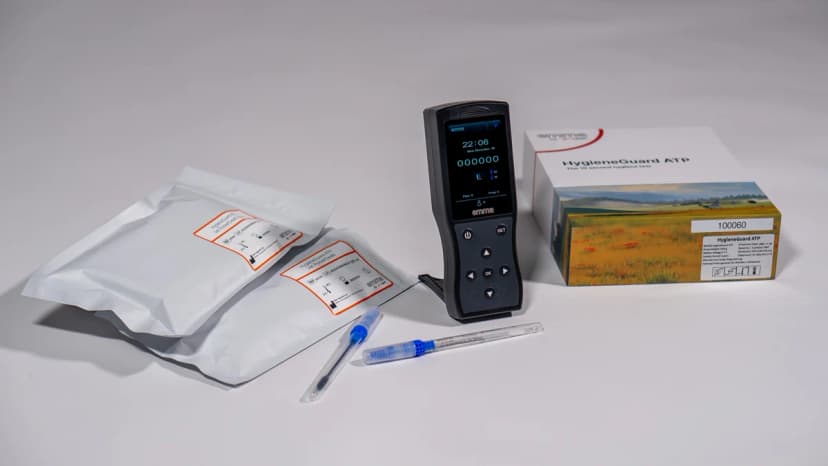
With emma HygieneGuard ATP we offer a solution to verify hygiene protocols. You can use swabs to sample surfaces or liquids and analyze them in the same device.
Whether you are a veterinarian, a dairy advisor or you run a dairy farm, the emma HygieneGuard ATP is a powerful tool that allows you to take control of hygiene across your operations, from facilities and personnel to livestock trailers, equipment, barn fittings, milking machines and deliveries. In just 10 seconds, you can measure the cleanliness of any surface at a microbiological level, thanks to advanced bioluminescence technology.

Advanced Hygiene Verification Technology
The emma HygieneGuard ATP is your go-to solution to verify that every surface meets the highest hygiene standards.
It helps prevent the spread of pathogens by identifying risks, verifying existing hygiene protocols, and instantly indicating where corrective actions, such as recleaning, are needed.